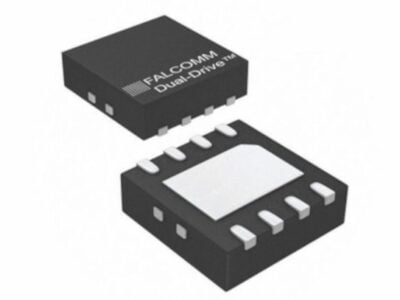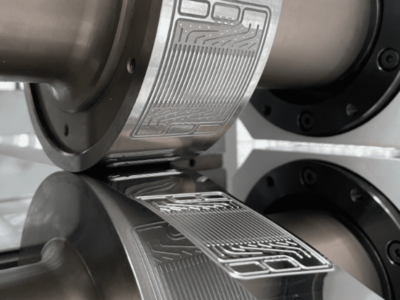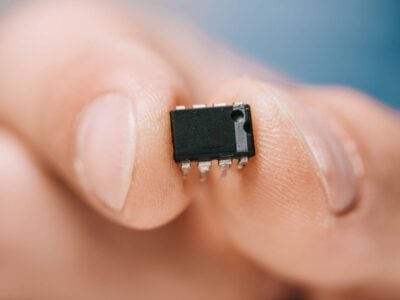
“Subconscious mode” for smartphones could extend battery life by over 50 percent
University of Michigan computer science and engineering professor Kang Shin and doctoral student Xinyu Zhang will present their power management approach at the ACM International Conference on Mobile Computing and Networking in Las Vegas on September 21st.
Even when smartphones are in power-saving modes and not actively sending or receiving messages, they are still on alert for incoming information and they’re searching for a clear communication channel. The researchers have found that this kind of energy-taxing "idle listening" is occurring during a large portion of the time phones spend in power-saving mode — as much as 80 percent on busy networks. Their approach could make smartphones perform this idle listening more efficiently. It’s called E-MiLi, which stands for Energy-Minimizing Idle Listening.
To find out how much time phones spend keeping one ear open, Shin and Zhang conducted an extensive trace-based analysis of real WiFi networks. They discovered that, depending on the amount of traffic in the network, devices in power-saving modes spend 60 to 80 percent of their time in idle listening. In previous work, they demonstrated that phones in idle listening mode expend roughly the same amount of power as they do when they’re fully awake.
E-MiLi works by slowing down the WiFi card’s clock by up to 1/16 its normal frequency, but jolts it back to full speed when the phone notices information coming in. It’s well known that you can slow a device’s clock to save energy. The hard part, Shin said, was getting the phone to recognize an incoming message while it was in this slower mode.
"We came up with a clever idea," Shin said. "Usually, messages come with a header, and we thought the phone could be enabled to detect this, as you can recognize that someone is calling your name even if you’re 90 percent asleep."
When used with power-saving mode, the researchers found that E-MiLi is capable of reducing energy consumption by around 44 percent for 92 percent of mobile devices in real-world wireless networks.
E-MiLi requires new processor-slowing software on smartphones as well as new firmware for phones and computers that would be sending messages. They need the ability to encode the message header — the recipient’s address — in a new and detectable way. The researchers have created such firmware, but in order for E-MiLi use to become widespread, WiFi chipset manufacturers would have to adopt these firmware modifications and then companies that make smartphones and computers would have to incorporate the chips into their products.
Shin points out that E-MiLi is compatible with today’s models, so messages sent with future devices that use E-MiLi’s encoding would still be received as usual on smartphones without E-MiLi. E-MiLi can also be used with other wireless communication protocols that require idle listening, such as ZigBee.
The university is pursuing patent protection for the intellectual property, and is seeking commercialization partners to help bring the technology to market.
 If you enjoyed this article, you will like the following ones: don't miss them by subscribing to :
eeNews on Google News
If you enjoyed this article, you will like the following ones: don't miss them by subscribing to :
eeNews on Google News




